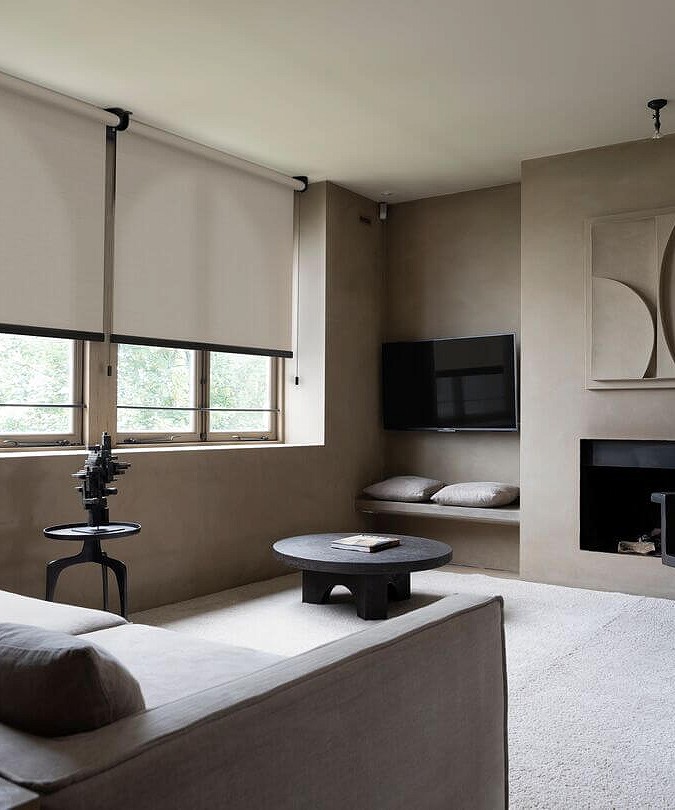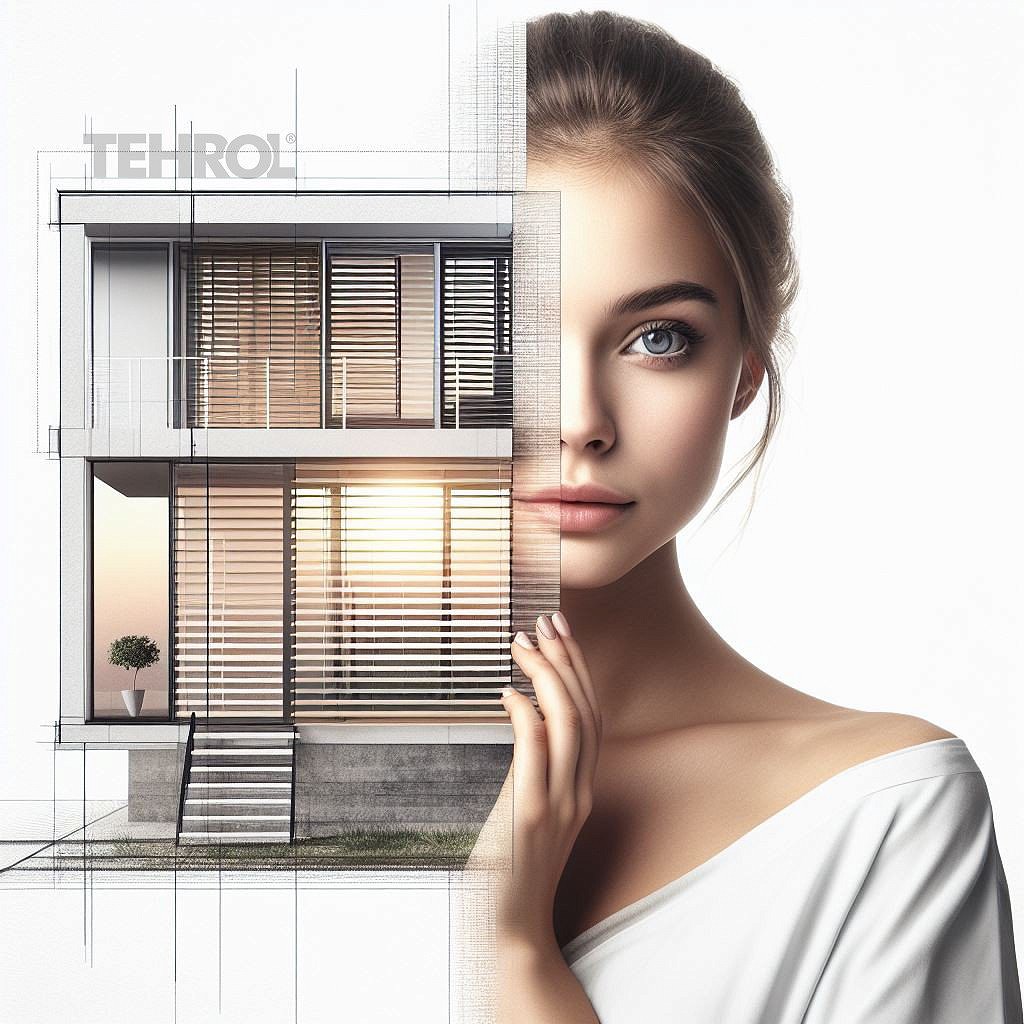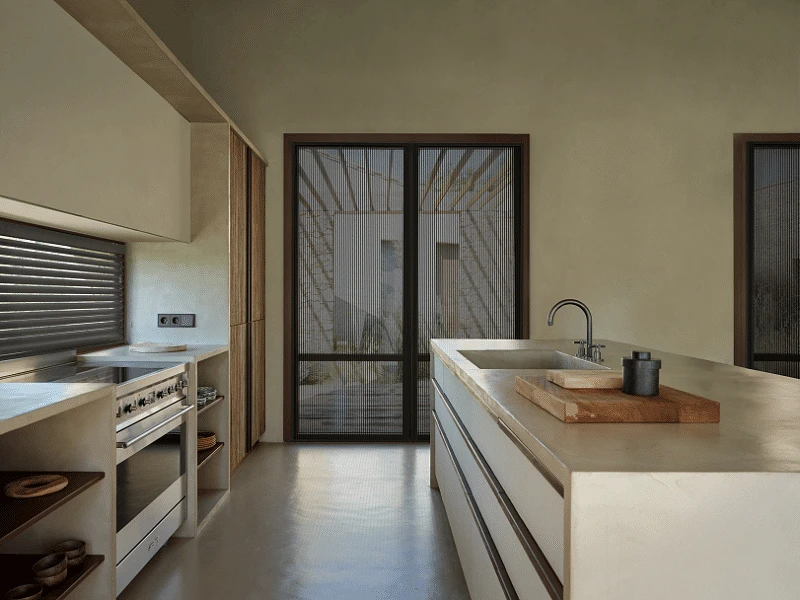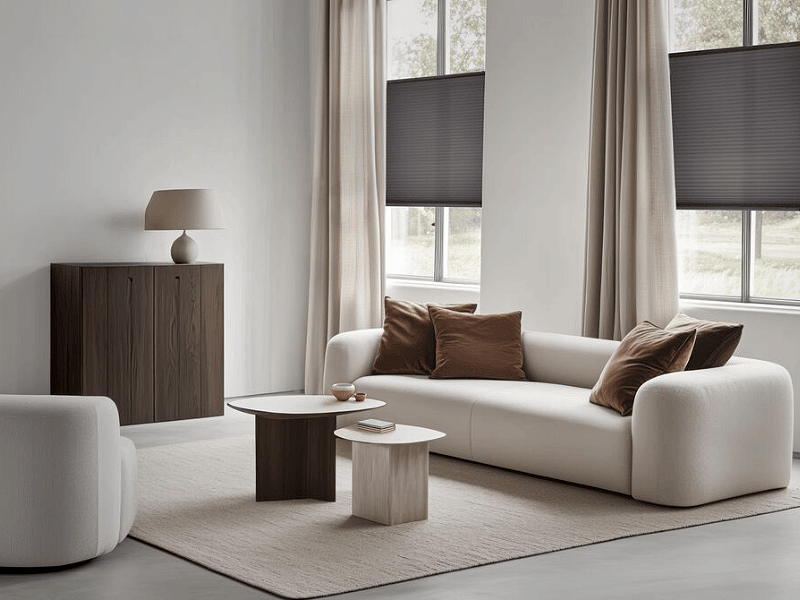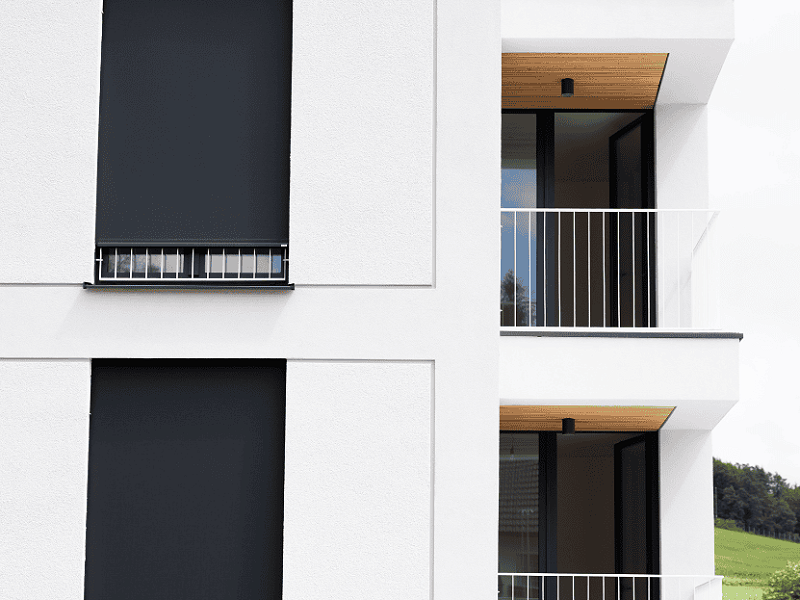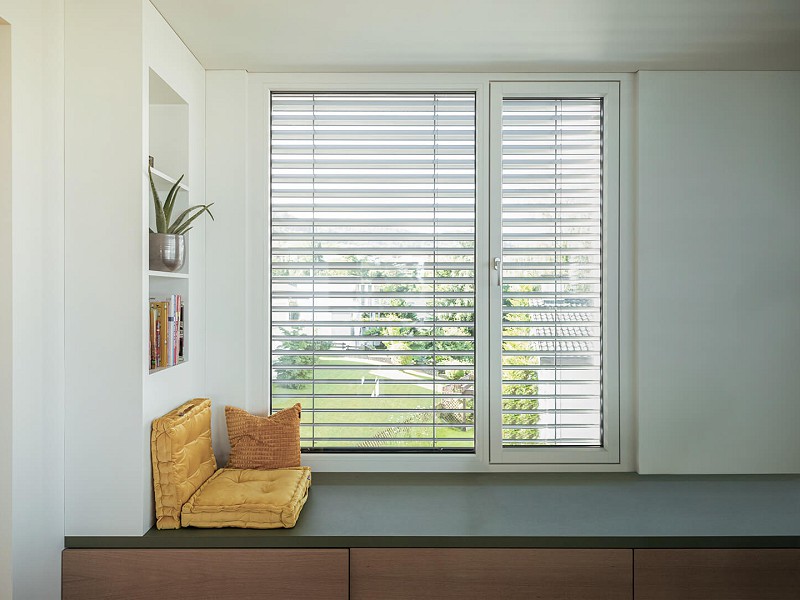Podobnosti in razlike
Vse vrste senčil so seveda namenjene temu, da preprečujejo vhod sončnih žarkov v prostor ter tako omogočajo udobno in prijetno bivanje. Vse vrste je mogoče regulirati, tako da lahko prilagajamo količino svetlobe, ki jo spustimo v prostor. Senčenje prostorov prinaša še nekaj dodatnih prednosti. Prostore tako varuje in omogoča našo zasebnost pred radovednimi pogledi. Poleg tega lahko izboljšajo toplotno izolacijo prostora in delujejo kot dekorativni element.
Glavna razlika med zunanjimi in notranjimi senčili pa je mesto namestitve. Zunanje seveda namestimo na zunanji strani steklenih površin, notranje pa na notranji. Zaradi različne lokacije namestitve so senčila tudi izdelana iz različnih materialov, ponujajo pa lahko tudi malce drugačne funkcionalnosti.
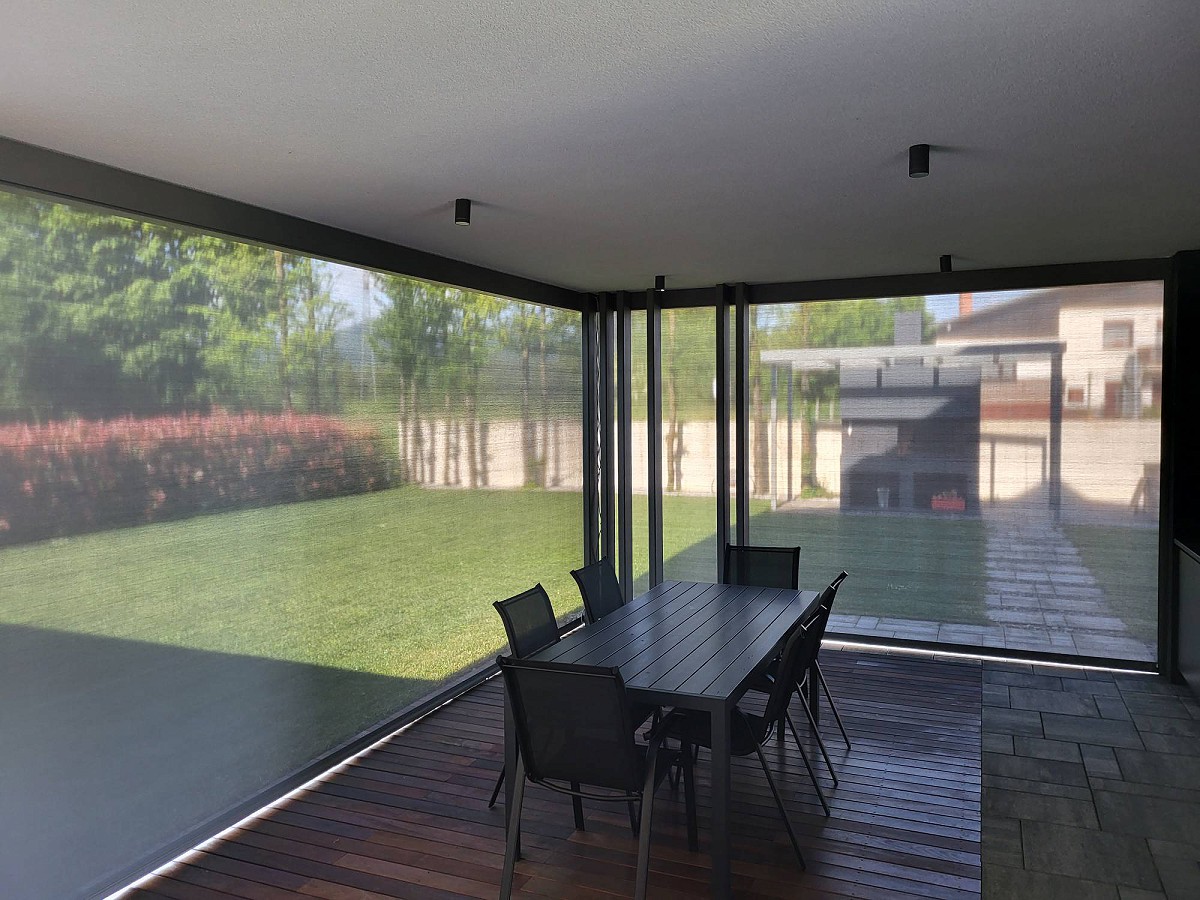
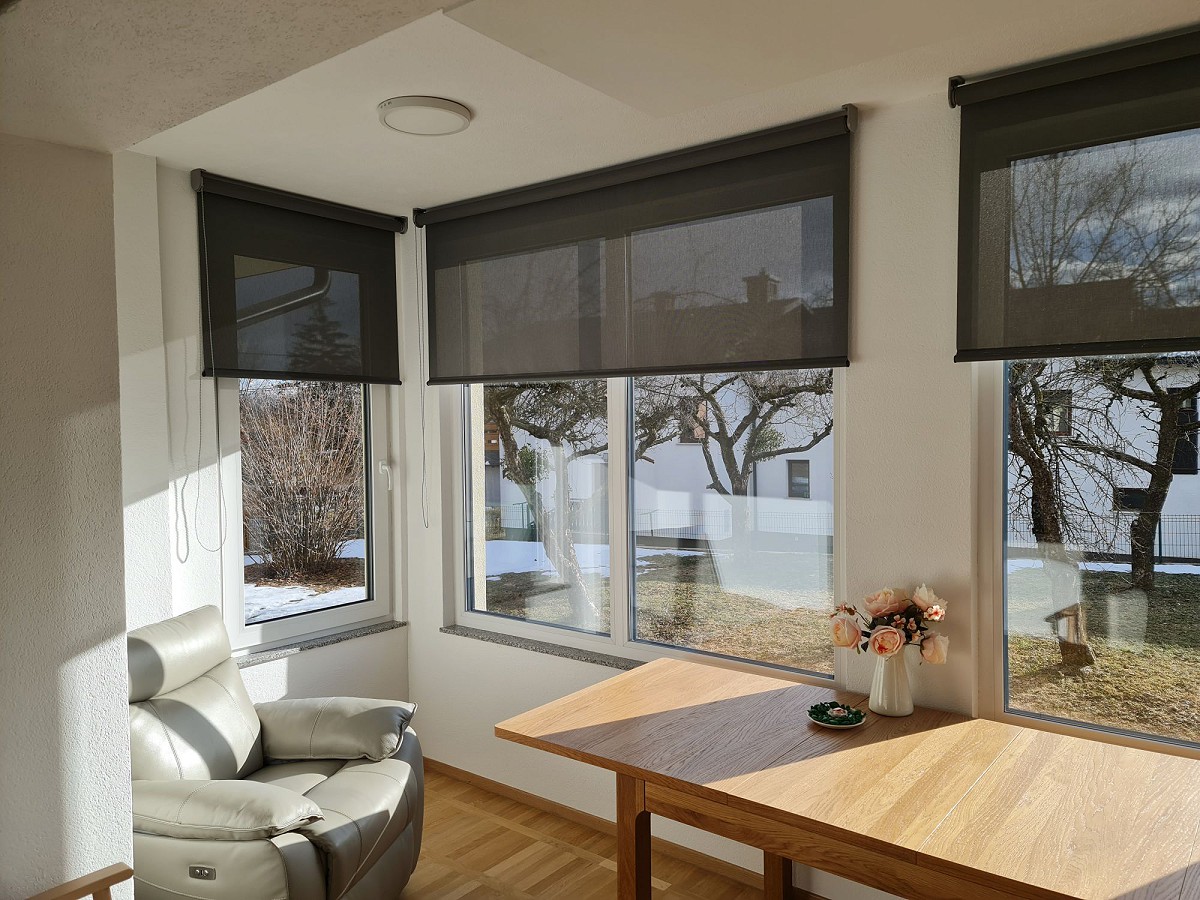
Ker so notranja senčila nameščena v samem prostoru, lahko pomembno vplivajo na počutje in tudi videz prostora. Na voljo so v različnih oblikah in izvedbah, da lahko najdete takšna, ki se skladajo z opremo. Namestimo jih lahko v okenski okvir, na okenski okvir, na zid ali na strop.
V primerjavi z zunanjimi je njihova prednost, da so varno nameščena v notranjosti. Kar pomeni, da jih ne uničujejo vplivi okolja, zahtevajo manj čiščenja in nepridipravi jih ne morejo poškodovati.
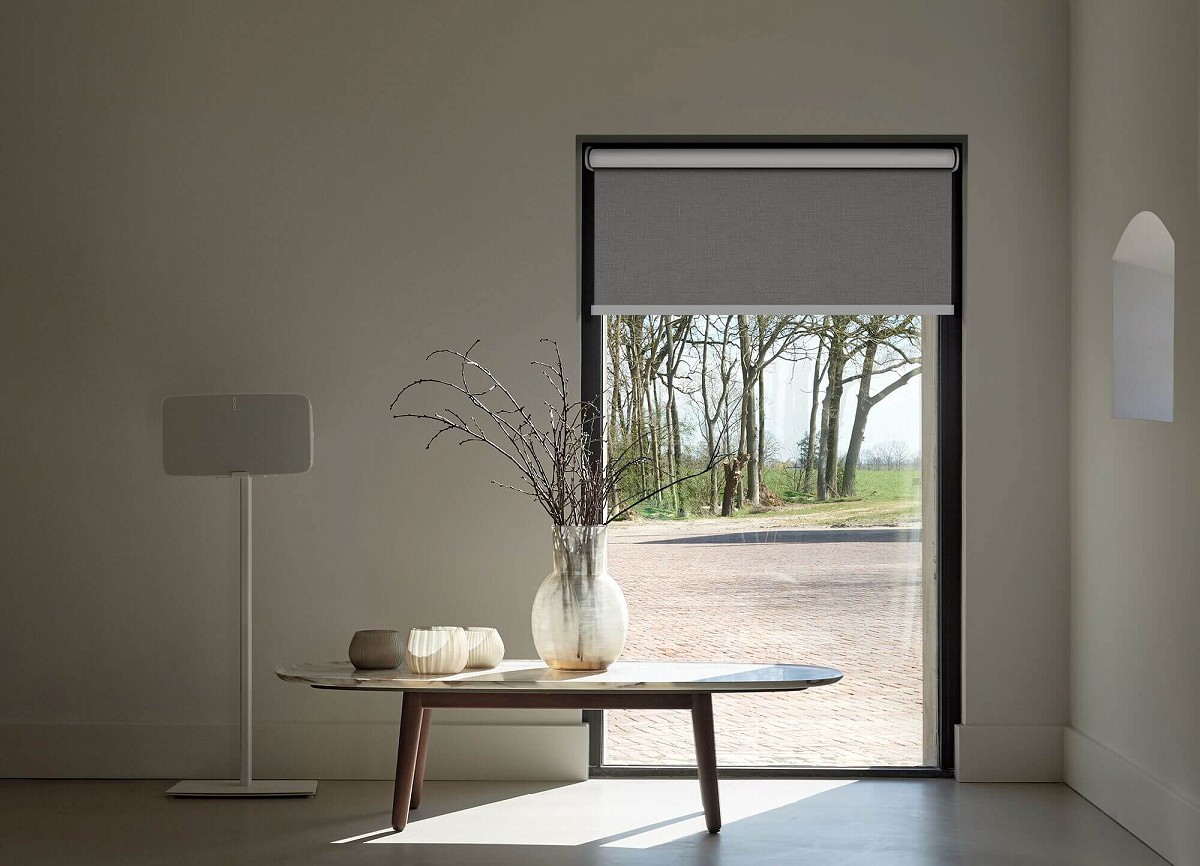
Zunanja senčila so robustnejša, ker morajo biti odporna proti vremenskim vplivom. Zaradi tega omogočajo tudi določeno stopnjo dodatne varnosti, ko so spuščena. Načeloma omogočajo več zasebnosti, saj lahko popolnoma preprečijo neželene poglede v notranjost. Zunanja senčila so tudi odličen zvočni in toplotni izolator. Poleti učinkovito varujejo pred vročino, saj preprečujejo prehajanje toplote skozi okna. Pozimi pa so lahko dodaten toplotni izolator, ki vam pomaga prihraniti še nekaj evrov za ogrevanje.
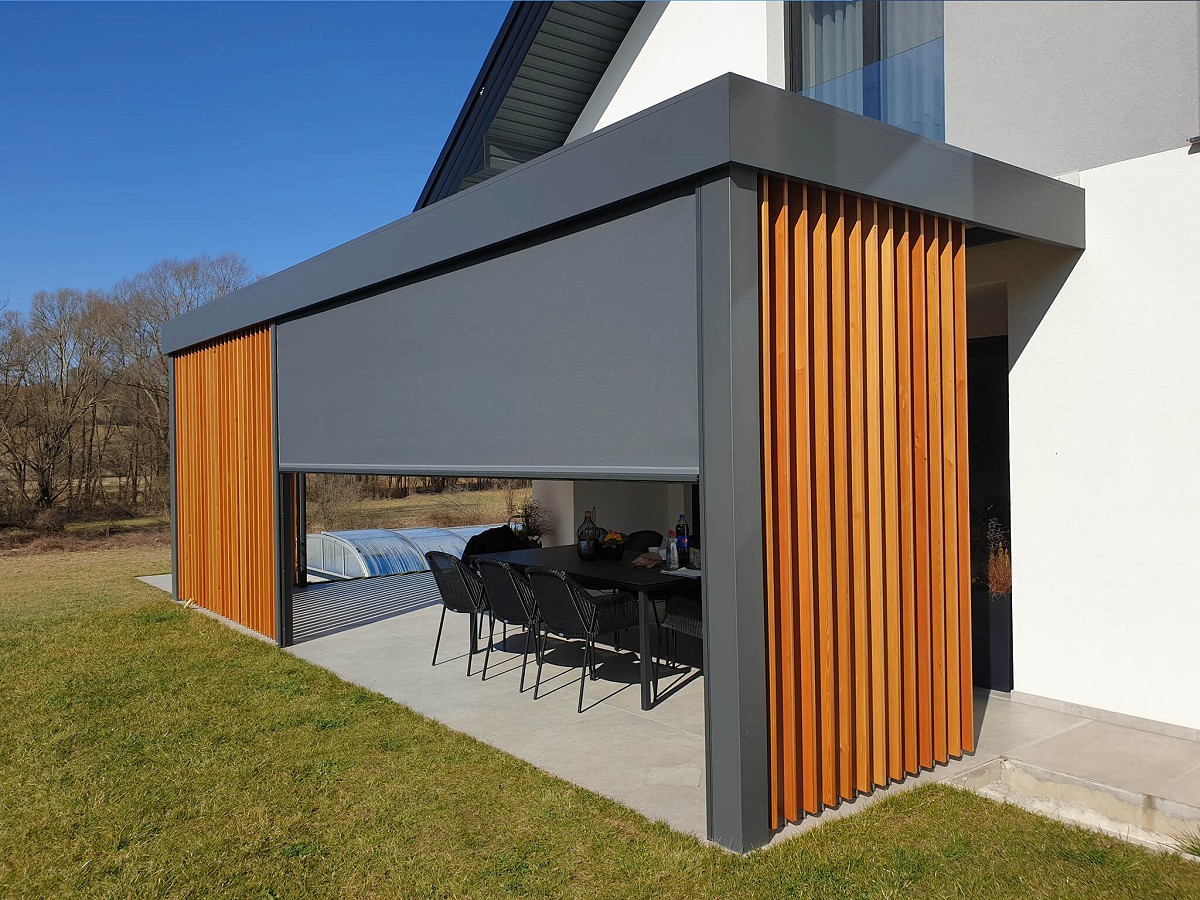
Z vami od ideje do končnega izdelka
Od ideje do realizacije smo z vami na vsakem koraku in skrbimo, da vaše želje postanejo resničnost.
Z več kot 25-letnimi izkušnjami,
lastno proizvodnjo,
lastnimi montažnimi in servisnimi ekipami
in salonom senčil v Komendi,
zagotavljamo popoln nadzor nad kakovostjo, servisom ter dobavljivostjo rezervnih delov. Vaše udobje in zadovoljstvo sta naša prioriteta.
